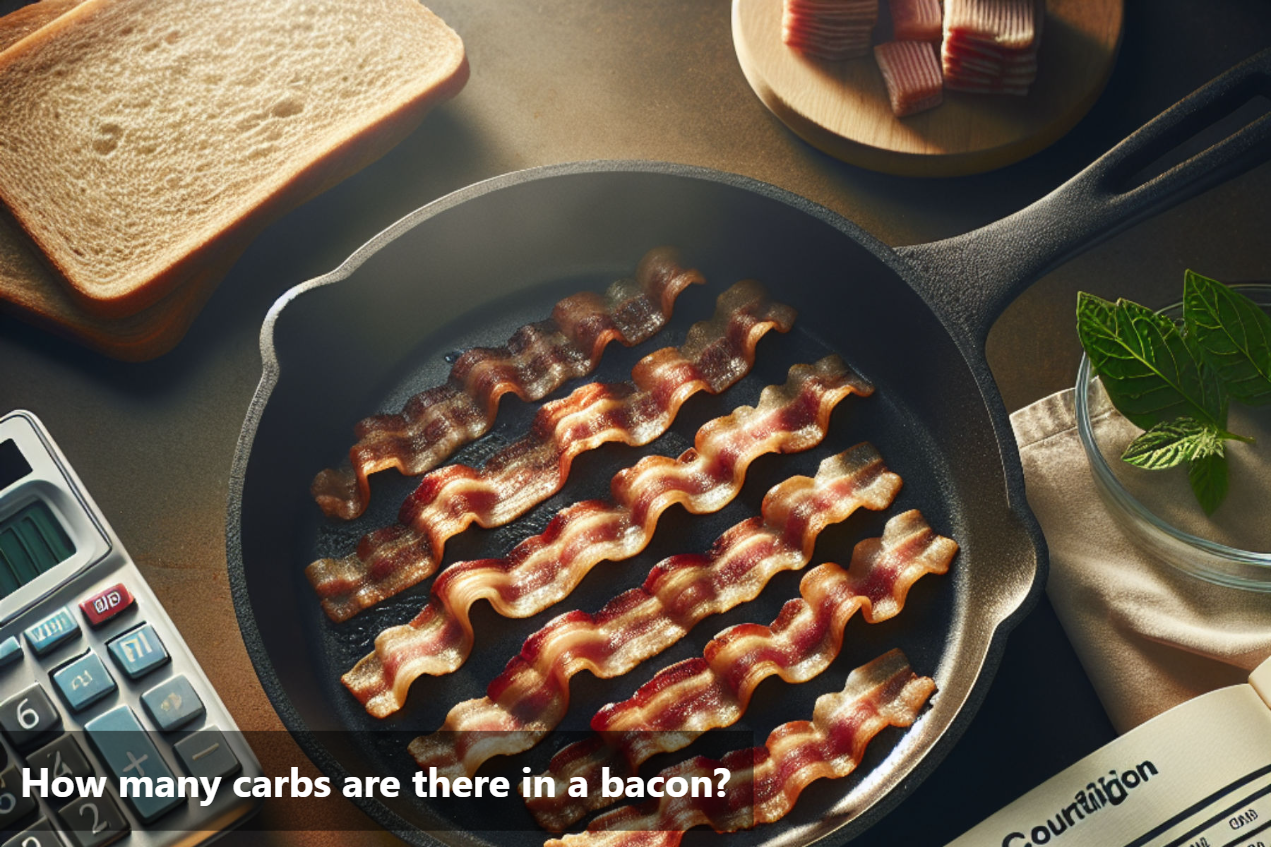
How many carbs are there in a bacon?
It is crucial to understand the nutritional content of Bacon, a popular breakfast choice for many. Bacon is primarily known for its high protein and fat content, but it also contains a small amount of carbs. While the carb content in bacon is relatively low, it is still important to factor it into your overall carb intake, especially if you are following a low-carb diet.
Knowing how many carbs are in bacon can help you make informed dietary choices. By being aware of the carb content in bacon, you can better manage your overall carb intake and maintain a balanced diet. Understanding the role of carbs in bacon can contribute to a healthier approach to enjoying this savoury treat while being mindful of your nutritional needs.

Bacon Nutrition Facts: Counting the Carbs
The following nutrition information is provided for 3 slices (34.5 grams) of bacon:
Calories |
161 |
Fat |
12g |
Sodium |
579mg |
Phosphorus |
134 mg |
Carbohydrates |
0.6g |
Fiber |
0g |
Sugars |
0g |
Protein |
12g |
Vitamins |
Vitamins B1, B2, B3, B5, B6, and B12 |
Factors Affecting Carb Content in Bacon
When it comes to the carb content in bacon, various factors play a role in determining the overall carbohydrate levels. Different types of bacon, such as regular bacon and turkey bacon, can vary in their carb content significantly. Understanding the impact of different bacon types, cooking techniques, and added ingredients is key to managing carb intake effectively while still enjoying this savoury treat.
- Regular bacon is typically cured with sugar or honey, which can increase the carb levels, while turkey bacon might have lower carbs due to its leaner nature.
- Cooking methods also influence the carb content in bacon. Frying bacon in its fat can lead to the absorption of more fat, affecting the overall nutritional composition. On the other hand, baking or grilling bacon allows for some of the fat to drip off, potentially reducing the carb content per serving.
- Moreover, added ingredients like maple syrup glazes or seasoning mixes can contribute additional carbs to the bacon. It's essential to check the labels for hidden sugars or carbs in flavoured bacon varieties.
- By being mindful of these factors that affect carb content, individuals can make informed choices based on their dietary preferences and health goals.
Homemade Bacon Bliss
- Place Bacon in Pan: Lay bacon slices in a single layer in a heated skillet.
- Cook Until Golden: Cook bacon until edges turn golden, flipping with tongs for even cooking.
- Adjust Heat as Needed: Modify heat to control cooking speed.
- Drain Excess Fat: Tilt the pan and spoon out excess fat if desired.
- Monitor Crispiness: Cook to preferred crispiness, ensuring not to burn.
- Transfer to Paper Towels: Use tongs to move cooked bacon to paper towels to absorb excess grease.
- Serve and Enjoy: Your homemade bacon is ready to enjoy – snack on it or add it to your favourite dishes!
Tips for Managing Carb Intake from Bacon
- When incorporating bacon into a low-carb diet, opt for sugar-free bacon varieties. These can help reduce unnecessary carb intake without compromising on flavour.
- Look for bacon that is labeled as "uncured" and "nitrate-free" to avoid added sugars and artificial additives that can increase the carb content.
- Prioritise quality over quantity when buying bacon. Choose organic or pasture-raised bacon to ensure higher nutritional value and potentially lower carb content.
- Experiment with alternative options such as turkey bacon or chicken bacon as they generally contain fewer carbs compared to traditional pork bacon.
- Keep an eye on portion sizes to manage carb intake effectively. Moderation is key when indulging in bacon on a low-carb diet.
- Consider preparing your own bacon at home using lean cuts of pork to control the carb content more closely.
- Pair bacon with low-carb vegetables or salads to create balanced meals that are satisfying and nutrient-dense.
- Stay mindful of hidden carb sources in bacon seasoning or marinades. Homemade or carefully selected seasonings can help minimise carb impact.
- Lastly, listen to your body and adjust your bacon consumption based on your individual carb tolerance and dietary goals.

Bacon Lovers Rejoice
Bacon typically contains minimal carbs, making it a suitable option for individuals following low-carb diets. While the exact carb content can vary depending on the type of bacon and any added ingredients, it generally remains low.
Opting for leaner bacon choices or turkey bacon can further reduce carb content while still enjoying the savoury taste of this popular food. Overall, moderation is key when including bacon in your diet to manage carb intake effectively. Pairing bacon with fibre-rich vegetables or whole grains can enhance the nutritional profile of your meal and create a well-rounded eating plan. By being mindful of the carb content in bacon and making thoughtful choices, you can indulge in this delicious treat while maintaining a balanced and healthy diet.
This Blog post is an initiative by Lo! Foods, to provide accurate and Nutritionist / Doctor approved information related to Health. Lo! Foods is India's leading brand for Everyday Functional Foods. Foods designed for specific Health conditions or Needs. Lo! Foods also runs India's largest range of Low Carb Healthy Cloud Kitchens, under the brand names of Lo!, ProteinChef, ATH (All Things Healthy) and DiabeSmart.



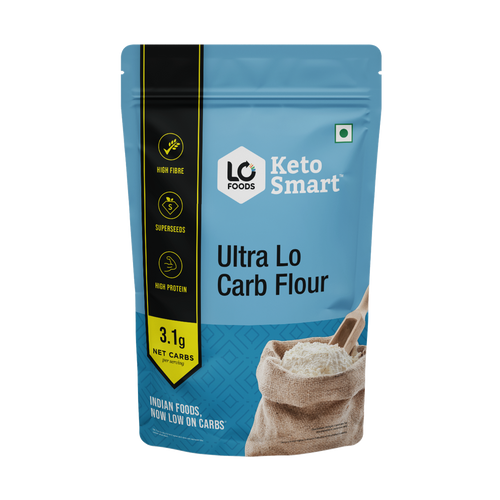
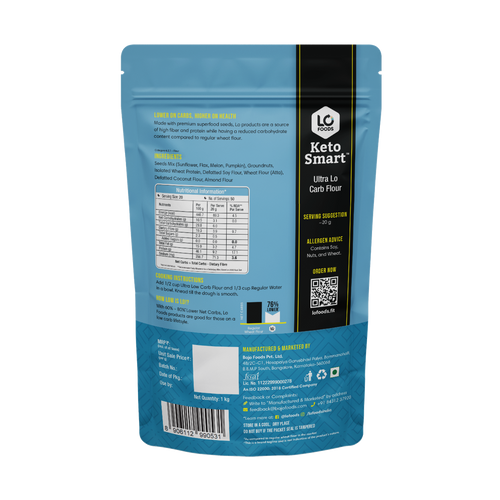

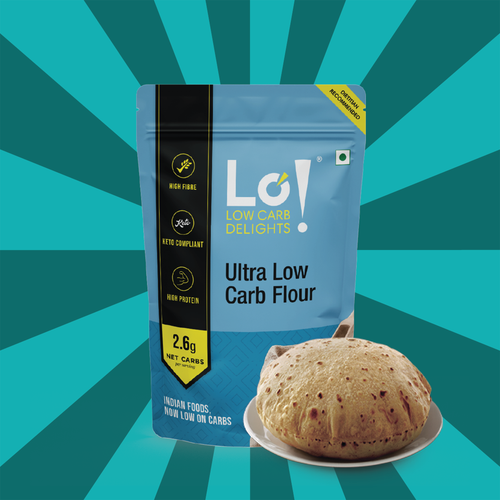


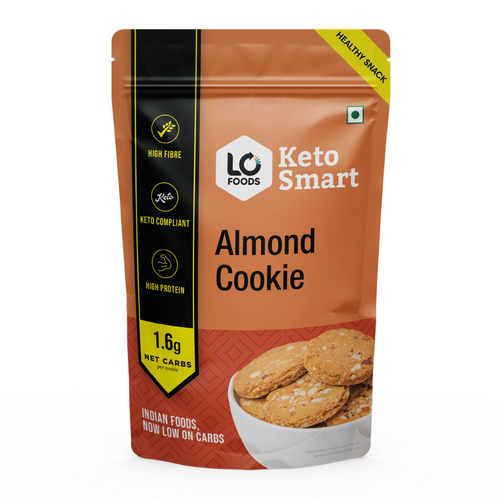





Leave a comment
Your email address will not be published.